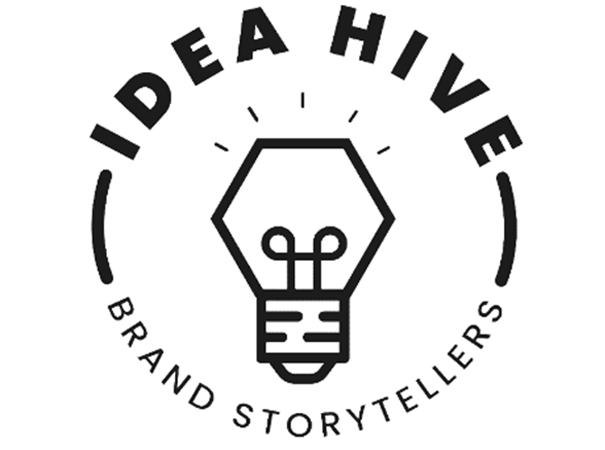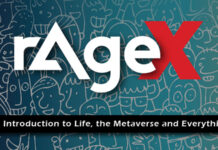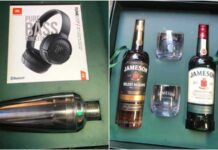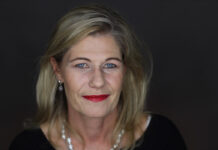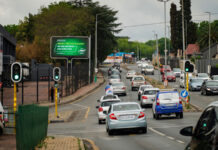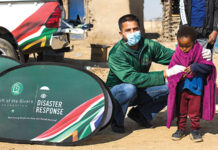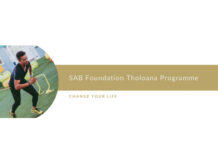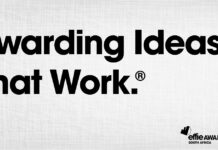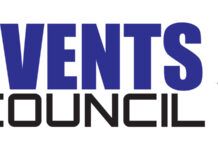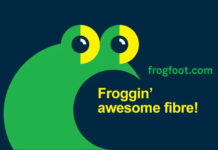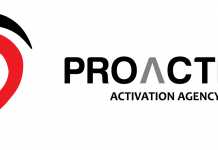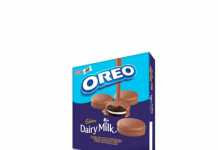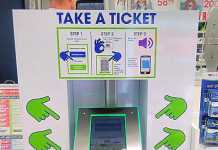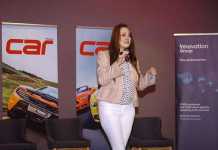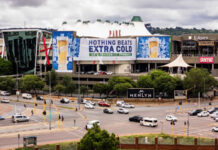In data storytelling, as in life, there are two sides to every story. To the creatives responsible for telling the story, data is the pasty villain stroking a white cat in the corner – cold, restrictive and emotionless. To Data Scientists, stories are equal to the Mad Hatter – strange, unpredictable and just a bit unsettling. But translate credible, relevant data into captivating stories that matter and that spark an emotional connection with a single customer – and you get a perfect union.
Data storytelling combines the art of gathering multiple streams of past, current and future facts to approach your customer base by their behaviours and sub-behaviours, and not solely by demographics. It’s about more than cold data or clever design skills. At its root, this type of storytelling is about using the facts and numbers to craft stories that create a deeper connection with the real person at the end of the data.
Data Scientists seem to be the new ‘unicorn’ employees who must have a dizzying cocktail of exceptional conceptual and analytical capabilities as well as well-honed soft skills such as communication and engaging with management as well as creatives.
They are the ones who interpret and anticipate the needs of management, marketing and creatives and who help find the sweet spot between numbers and narrative by presenting the data in a way that tells a story.
More than ever before, brand storytelling agencies are employing Data Scientists and analysts to help tell stories that matter, using big data.
Kamo Mogashoa, Creative Director at local brand storytellers, Idea Hive, says, “The key is in knowing how to navigate masses of information to pinpoint what the end customer really needs and to then speak to that need in an engaging way. The problem is that often creatives fear the data, but it is extremely useful in creating heartfelt characters whether for branded or other content.”
So, how do you use what seems like lifeless data, to create content that brings stories to life and captures real human attention?
In the same way every good story is told. It was Aristotle who first identified the essential plot structure of a good story to contain a beginning, a middle and an end.
- The Beginning
Ideally, the data storytelling process starts with the story creators. This could be a combination of data scientists and marketing teams and brand storytelling creatives identifying the data streams to be collected or extracted, to enable them to gather the insights that matter over a period of time. Alternatively, a brand storyteller could receive the data sets as graphs or in a similar format.
The type of data gathered depends on the company. For online retailers like Superbalist, it all lives digitally. For other companies, it could be internal data gathered from their own transactions, surveys, customer interactions and digital marketing and then there is external data which is gathered by government or marketing research entities.
What matters most, is its quality and credibility. If the data is incorrect or not dependable, you will come to the wrong conclusion entirely. A humorous experiment by Tyler Vigen showed the direct correlation between different sets of completely unrelated data, such as movies Nicholas Cage appeared in, compared to the number of people who drowned falling into a pool.
The real work lies in analysing this data with a creative eye and finding the extraordinary within the ordinary. It’s about finding “the one” unique fact, client, need or value that the story will be based on, and following it through from the beginning to the end.
Take a pharmacy chain, for example. They could use the records of their clients’ chronic medications ordered, to provide them with targeted information delivered to their mobile or email on how to take care of their health while dealing with a particular medical condition.
A hardware chain again could use the data collected from questions asked in its FAQ section to provide videos on how-to complete specific DIY jobs like “Reviving vintage furniture”. Or perhaps even incorporate it into a television advert where a son lovingly sands down and revives his ageing mother’s favourite chair as a surprise in time for her birthday.
- The Middle
Unfortunately, all the data in the world won’t help you if your content is mediocre and doesn’t bring the data to life. Kamo says, “Storytelling used incorrectly is what RYOT Studios refers to as “zombie content”. The market is saturated with lookalike, copied content by content “experts” so it gets harder to find the good stuff.”
Once the data has been mined, and the story idea is in its beginning stage, the research starts to make sure you are not portraying an event that is only relevant as a snapshot. This is another layer of testing the accuracy of the data. The integrity of the story relies on the completeness of the data, but also the creative’s interpretation thereof. You are responsible for how you convey the data to the reader, filtered through your own unique world view.
Communicating the information gleaned from the data to the reader in a way they will understand is the important step. Less is often more.
This is also where you think about the vehicle that will be best used to tell the story, be it video, infographics, social media stories, influencer marketing or even a presentation.
- The End
By fine-tuning the data and taking the time to find out what matters to the customer and what they really need, the creative process becomes easier. Now we tell the story to an audience of “one”.
The ultimate purpose, as for any story is to make an indelible impression on the audience and elicit a response, be it emotional or physical. Depending on the goals of the storytelling campaign set out by the client, and depending also on the medium used, its success is measurable. Clicks, views, purchases, orders or donations made are all measurable results of an emotional response to the story.
The data analytics collected from the storytelling campaign once again informs a new process of storytelling which considers the new, fine-tuned insights and niched needs which can be presented in a fresh way.
Data storytelling using big data may not be new, but it is for that exact reason that the stories that will stand out and convert, are the ones that are more human and less “bot”, more connection and less clickbait and go on a journey with the reader one life moment at a time.
It’s about data decoded to help us understand what is happening beneath the surface, turning it into remarkable stories and motivating our audience to act.
About Idea Hive
At Idea Hive, we create and execute pioneering Brand Storytelling Solutions to illuminate your brand’s power. We apply a strategic framework which extracts and aligns all the key components of your brand’s story.
Our team of curious, creative, driven and critical thinkers mould all the elements into a cohesive Brand Storytelling Solution that will change how the market sees and experiences your brand.
We craft and execute heartfelt and character-driven Brand Storytelling campaigns that position your brand/and or organisation to achieve its full market potential.
We offer an array of tailormade solutions around our services which includes branding, design, influencer marketing, visual content and communications. All solutions are anchored in ensuring that each Brand Story is told exceptionally, uniquely and to the right audience.
Imagine a world where brands defeat normal and ideas inspire change.
When we change, we change the world around us.
For more information please visit:
Facebook: https://www.facebook.com/IdeaHiveBST/
LinkedIn: https://www.linkedin.com/in/idea-hive-brand-story-tellers-149335176/
Twitter: https://twitter.com/IdeaHiveBST
Instagram: https://www.instagram.com/ideahivebrandstorytellers/
Contact details:
Idea Hive
Creative Director: kamo.mogashoa@ideahive.co.za
(+2711) 367 0672
Managing Director : yaw.dwomoh@ideahive.co.za
084 380 3451
Head of Digital Marketing : sizwe.simelane@ideahive.co.za
(079 511 2112)
Press Office
Email: go@gocontentlab.co.za,
content@gocontentlab.co.za
Tel: 082 574 2308



